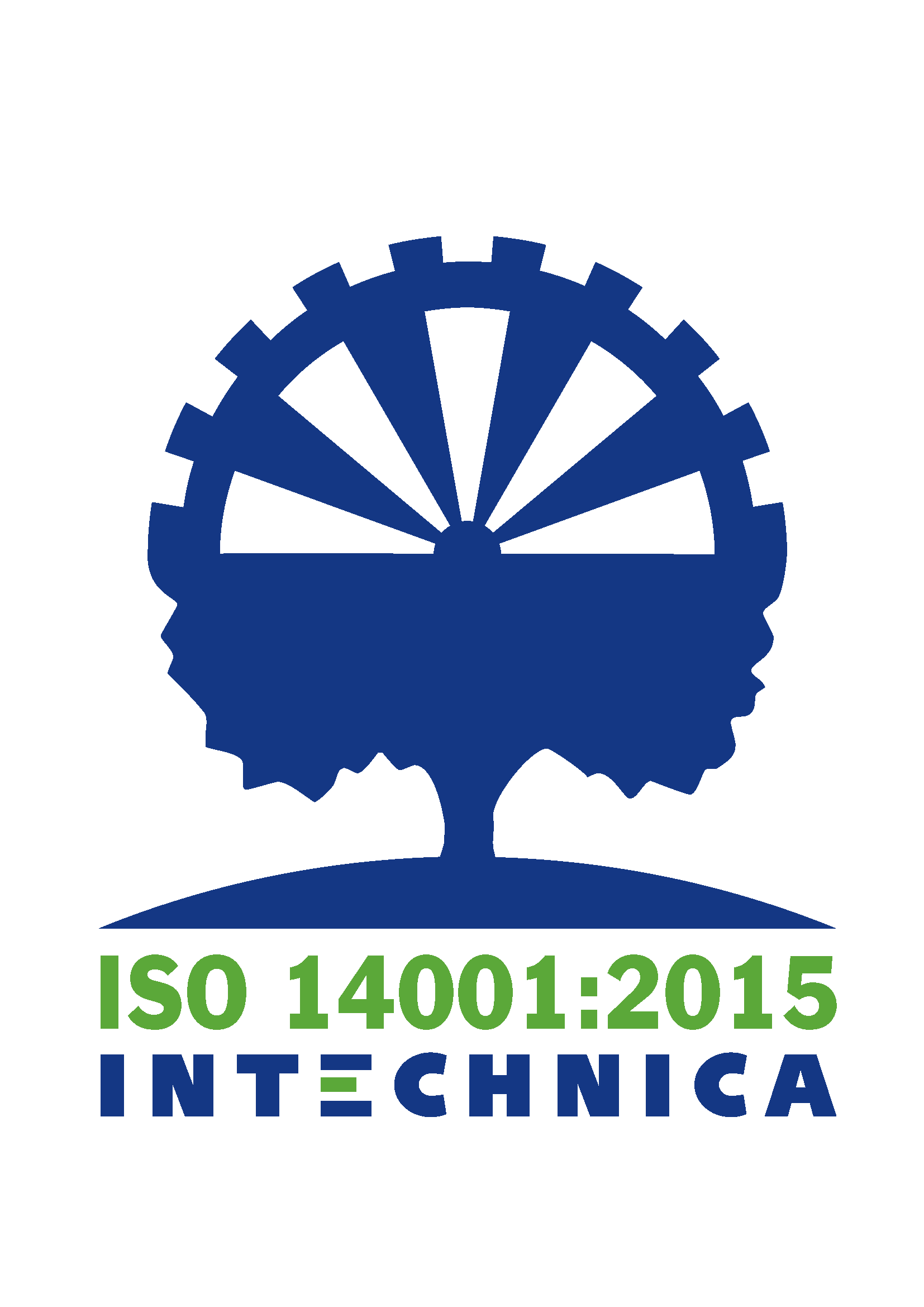Stainless steel compression springs are the ideal choice in a variety of applications due to their strength and durability. Stainless steel is known for its corrosion resistance, providing longevity and excellent performance. Most stainless steel compression springs are made from Type 302, which offers high tensile strength while providing desired flexibility.
What Makes Stainless Steel Compression Springs Strong and Durable
Stainless steel compression springs are widely used in various industries like automotive, aerospace, engineering, and medical fields. Their ability to withstand extreme conditions makes them particularly useful in environments with high temperatures, humidity, or aggressive chemicals. They also offer high shock absorption and vibration damping, making them ideal for applications requiring precise motion control.
Advantages of Using Stainless Steel Compression Springs
Stainless steel compression springs offer a range of benefits. Their strength and durability ensure a long lifespan and reliable performance. They are resistant to corrosion, meaning they can be used in harsh environments without compromising functionality. Additionally, they effectively absorb shock- and vibration-induced stresses, leading to improved performance and longevity. The high flexibility of stainless steel compression springs also allows for easy installation and adaptation to various requirements.
Factors Influencing Strength and Durability
The strength and durability of stainless steel compression springs are influenced by various factors. Choosing the right stainless steel material, such as Type 302, is crucial to ensure an optimal combination of tensile strength and flexibility. The wire diameter and coil density of the spring also affect its strength and durability. Careful design and manufacturing are essential to ensure the springs can withstand the required loads. Additionally, operating conditions like temperature, humidity, and chemical influences play a role.
Manufacturing Process
The manufacturing process for stainless steel compression springs is precise and requires expertise and experience. Initially, the stainless steel material is selected according to the desired specifications. Then, the wire is shaped into the desired form on a coiling machine. After the coiling process, the spring is usually heat-treated to further enhance its strength and durability. Finally, surface treatment is applied to increase corrosion resistance.
Testing and Quality Control of Stainless Steel Compression Springs
Testing and quality control of stainless steel compression springs are crucial to ensure they meet requirements. This involves measuring wire diameter, spring length, and coil density to ensure they meet specifications. The springs are also tested for their load-bearing capacity and elasticity to ensure they can withstand the required demands. Careful inspection and documentation ensure the quality and reliability of stainless steel compression springs.
Common Applications
Stainless steel compression springs are used in a wide range of applications. In the automotive industry, they’re used in vehicle suspensions, brake, and clutch systems. In aerospace, they’re applied in aircraft undercarriages, engines, and folding mechanisms. In mechanical engineering, they’re used for shock absorbers, vibration isolators, and precision mechanisms. In the medical field, they’re used in implants, medical devices, and instruments. Additionally, stainless steel compression springs are used in everyday products like writing tools, electronic devices, and household appliances.
Maintenance and Care Tips for Stainless Steel Compression Springs
To ensure optimal performance and lifespan of stainless steel compression springs, regular maintenance and care are required. This includes checking for wear or damage, particularly at the ends of the springs. If necessary, damaged springs should be replaced to ensure safe and reliable function. It’s also important to regularly clean the springs and remove dirt, dust, or other deposits. Regular lubrication of the springs can also help improve their performance and lifespan.
Comparison with Other Types of Springs
Compared to other types of springs, stainless steel compression springs offer some unique advantages. Unlike steel springs, they’re corrosion-resistant and can be used in harsh environments. Compared to plastic springs, they offer higher strength and durability. Compared to copper springs, they provide better corrosion resistance and longer lifespan. Choosing the right spring depends on the specific requirements of the application.
Conclusion: Why Stainless Steel Compression Springs Are Ideal for Various Industries
Overall, stainless steel compression springs offer exceptional strength, durability, and a wide range of applications. Their reliability and longevity make them a worthwhile investment in high-quality springs. Their ability to withstand extreme conditions, high shock absorption, and vibration damping make them ideal for applications requiring precise motion control. The strength, durability, and corrosion resistance of stainless steel compression springs make them the ideal choice for various industries like automotive, aerospace, engineering, and medicine.









Leave A Comment